Offering the Goodness of Nature, These 3 Authentic Korean Products Can be Purchased Directly at iStyle.id
To avoid buying counterfeit goods, just buy them directly at iStyle.id!

Kapanlagi.com - Yeondeunghoe Festival is a Lotus Lantern Festival held in Korea to celebrate Buddha's birthday. This festival has been included in the UNESCO Intangible Cultural Heritage List since 2020. Not only that, this festival has also been registered as an Intangible Cultural Property since 2012.
What is Yeondeunghoe Festival like? Let's find out more about this festival.
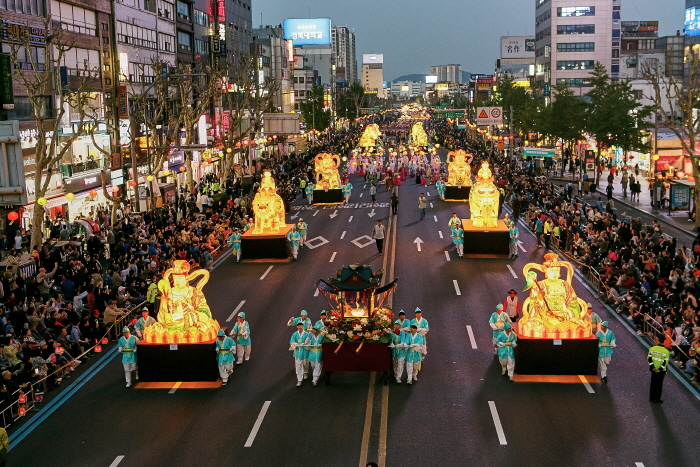
Yeondeunghoe Festival © visitkorea.or.id
Yeondeunghoe consists of two words, Yeondeung and Hoe, which mean lotus lantern and festival. Hence, Yeondeunghoe is referred to as the Lotus Lantern Festival.
Yeondeunghoe also expresses the harmony of the world without discrimination by being filled with the light of truth. By lighting lanterns, it also symbolizes the enlightenment of the minds of individuals, communities, and societies through the wisdom of Buddha.
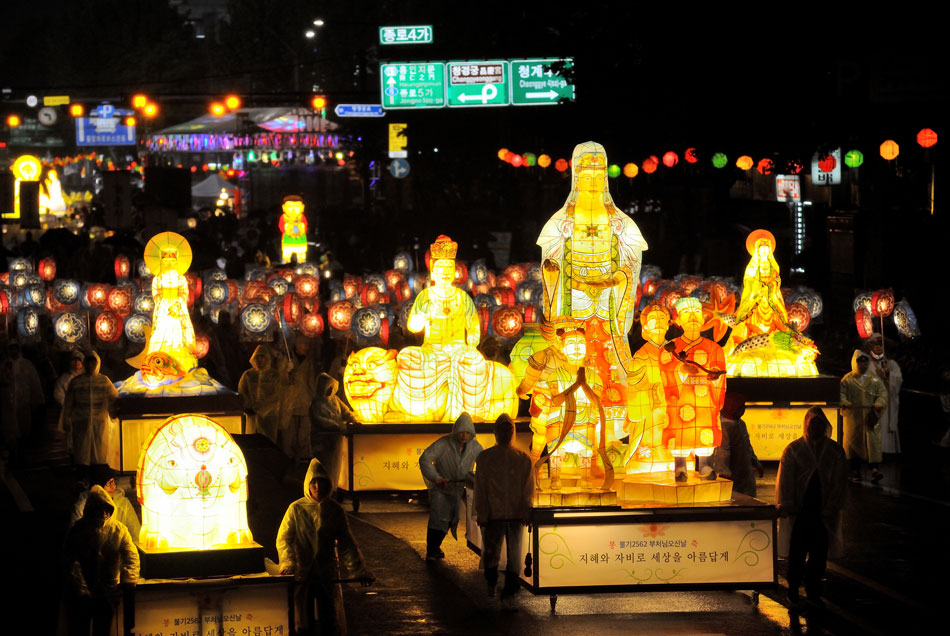
Yeondeunghoe Festival © visitkorea.or.id
This religious festival has been held in Korea for a long time, since the Silla Dynasty from 57 BC to 935 AD. This means that the festival has been held for over 1300 years. Not only during the Silla Dynasty, this festival was continued by the Goryeo and Joseon Dynasties. However, at that time it was called Palgwanhoe.
This festival is usually filled with lantern celebrations, parades, and memorials. This traditional festival has also been enjoyed by thousands of people every year regardless of their background, nationality, or religion. The Lotus Lantern Festival is a grand event held once a year.
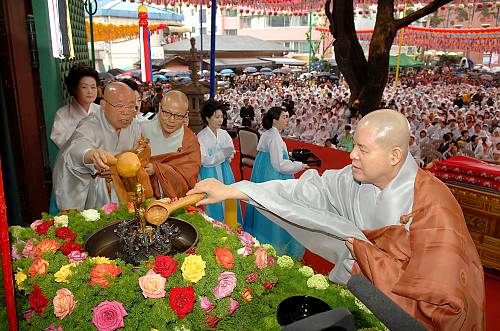
© visitkorea.or.id
Did you know that there are many series of cultural festivals held to celebrate the Lotus Lantern Festival? The first one is Eoulim Madang or known as the Buddha Cheer Rally. According to visitkorea.or.id, this event is held before the lantern parade begins. This event is full of energy when we see it. Various groups or people who participate gather to dance and sing with enthusiasm. This is to spread happiness to the people who watch it. The highlight of this cheer rally is the ritual of bathing Buddha and Dharma.
Next, we can witness the lantern parade. The parade is followed by a group of people who have unique lanterns specially made to liven up the parade. The parade held in Seoul usually goes through the route of Heunginjimun Gate to Jongno Avenue towards Jogyesa Temple.
It doesn't stop there, the parade ends with a post-parade celebration called Hoehyang Hanmadang. Usually, a stage is set up at Jonggak Intersection and will feature traditional music performances as well as modern music performances. The climax, the audience can also have fun by holding hands in the Ganggangsullae dance. Ganggangsullae is a UNESCO Intangible Cultural Heritage of Humanity.
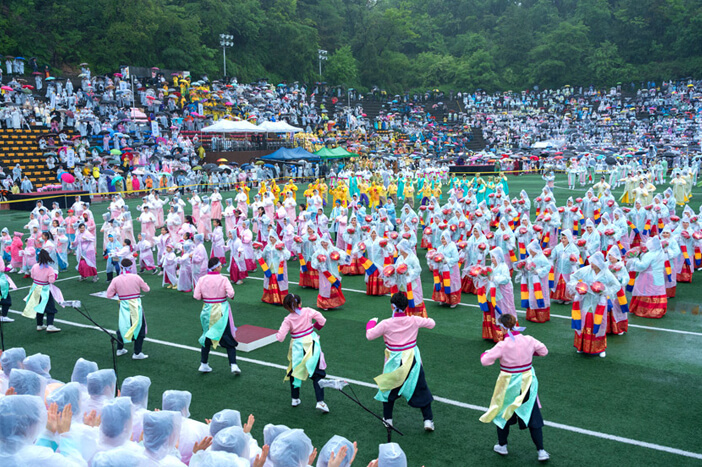
Eoullim Madang © visitkorea.or.id
This lantern exhibition is not only done by walking along the road to Jogyesa Temple as previously explained. Traditional lantern exhibitions are also held to commemorate the birth of Buddha. Traditional lantern exhibitions are usually displayed for ten days in various parts of Seoul including Ujeong Park by Jogyesa Temple, Bongeunsa Temple, and Cheonggyecheon Stream. If KLovers see this lantern exhibition, we can admire the charm of hanji, which is traditional Korean paper.
There is also a Traditional Cultural Zone exhibited in front of Jogyesa Temple. This exhibition showcases hundreds of booths managed by Buddhist organizations and temples from all over the country. The purpose of these booths is to provide an opportunity for visitors to learn and understand Buddhist culture. Traditional performances, temple cuisine, and experiences are prepared for local and international participants so that they can enjoy and learn about this local culture using their five senses. One of the things that can be learned in this Traditional Culture Zone is trying temple food and making paper flowers. A lotus lantern contest is also held for those who want to make their own version of lanterns.
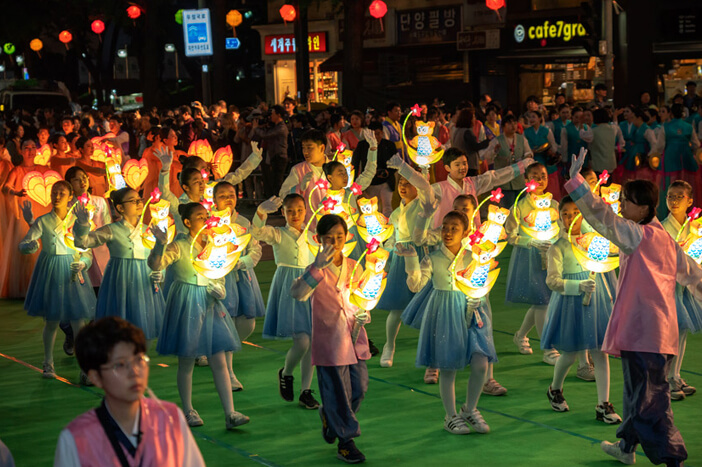
Yeondeungnori is one of the parades included in this festival. It is the final parade that is also participated by a group of children. The Lotus Lantern Festival will conclude with a grand parade and music from the procession of street performances.
(kpl/mit)
Cobain For You Page (FYP) Yang kamu suka ada di sini,
lihat isinya
To avoid buying counterfeit goods, just buy them directly at iStyle.id!
There are many health benefits offered.
On April 14, known as Black Day, singles gather to mourn their single status. So, what are some things that are usually done on Black Day?
Said to resemble a K-Pop Idol, take a look at the portraits of Joseph, the viral AC service guy on TikTok.
Even some K-Pop idols are curious to try them.
Employees in Japan are allowed to take 10 days off when their idol retires or gets married. How is that possible?
Got pranked! Turns out this beautiful Japanese girl is a 50-year-old man using editing applications.
What kind of Korean dishes can be imitated from these K-Pop idols?
Sneak peek at the photos of Do Quyen, a man from Vietnam who decided to have plastic surgery after being laughed at during a job interview.
Having a handsome and talented charm, it turns out this guy has rejected SM Entertainment's offer twice!
Rarely seen, let's get to know Anna Park, the wife of football player Joo Ho and the mother of Naeun, Gunhoo, and Jinwoo, closer.
Has anyone watched the film THE LAST PRINCESS? This film, starring Son Ye Jin, is based on the true story of the last princess from the Joseon Dynasty era. Who is this last princess that she is so remembered by the Korean people and her life story is even made into a film?